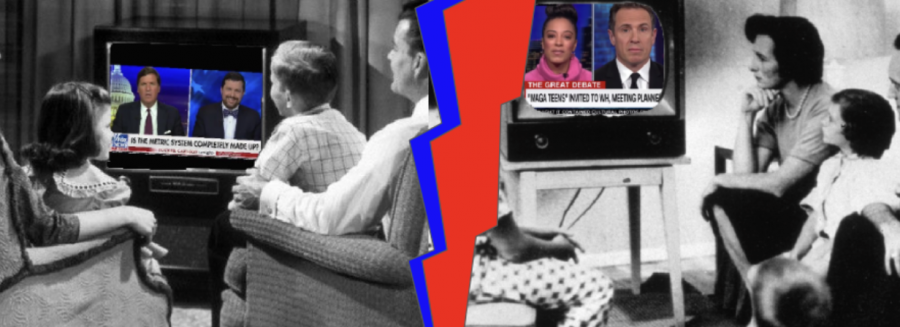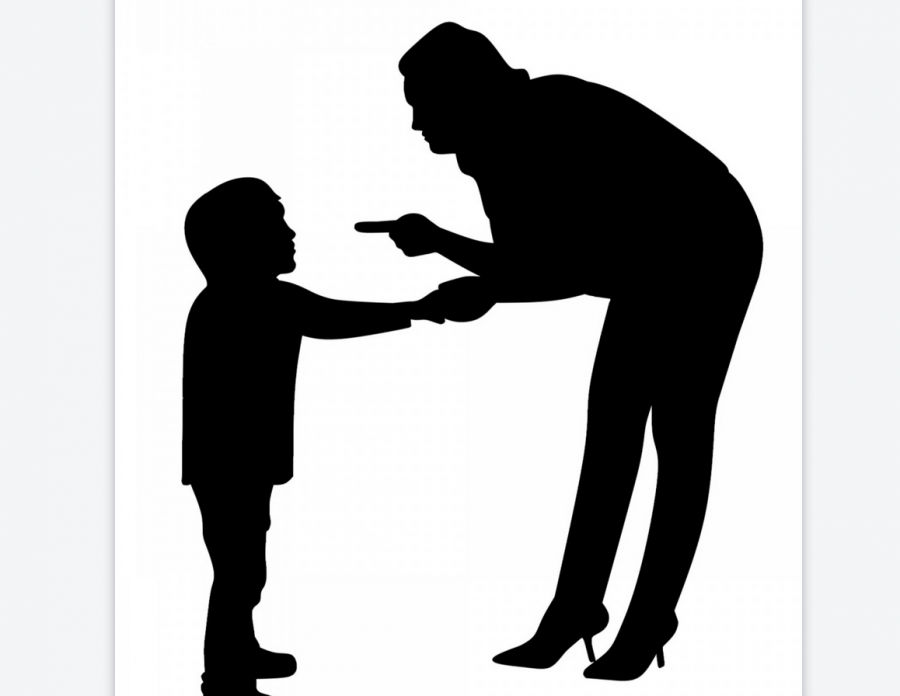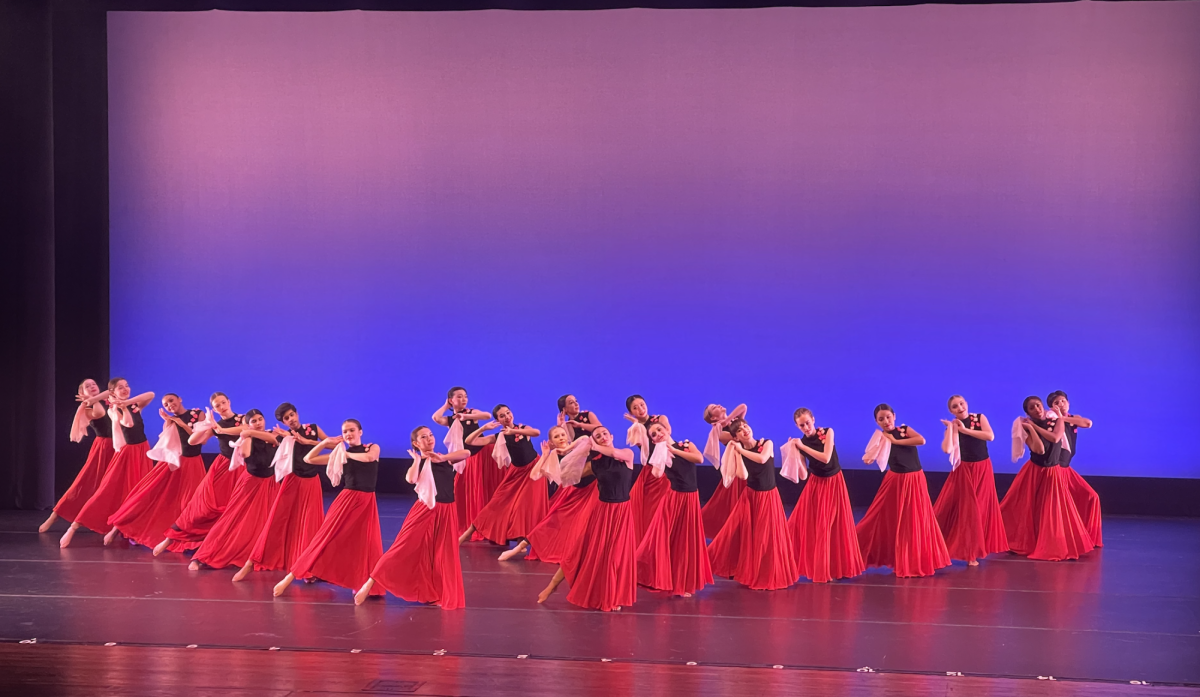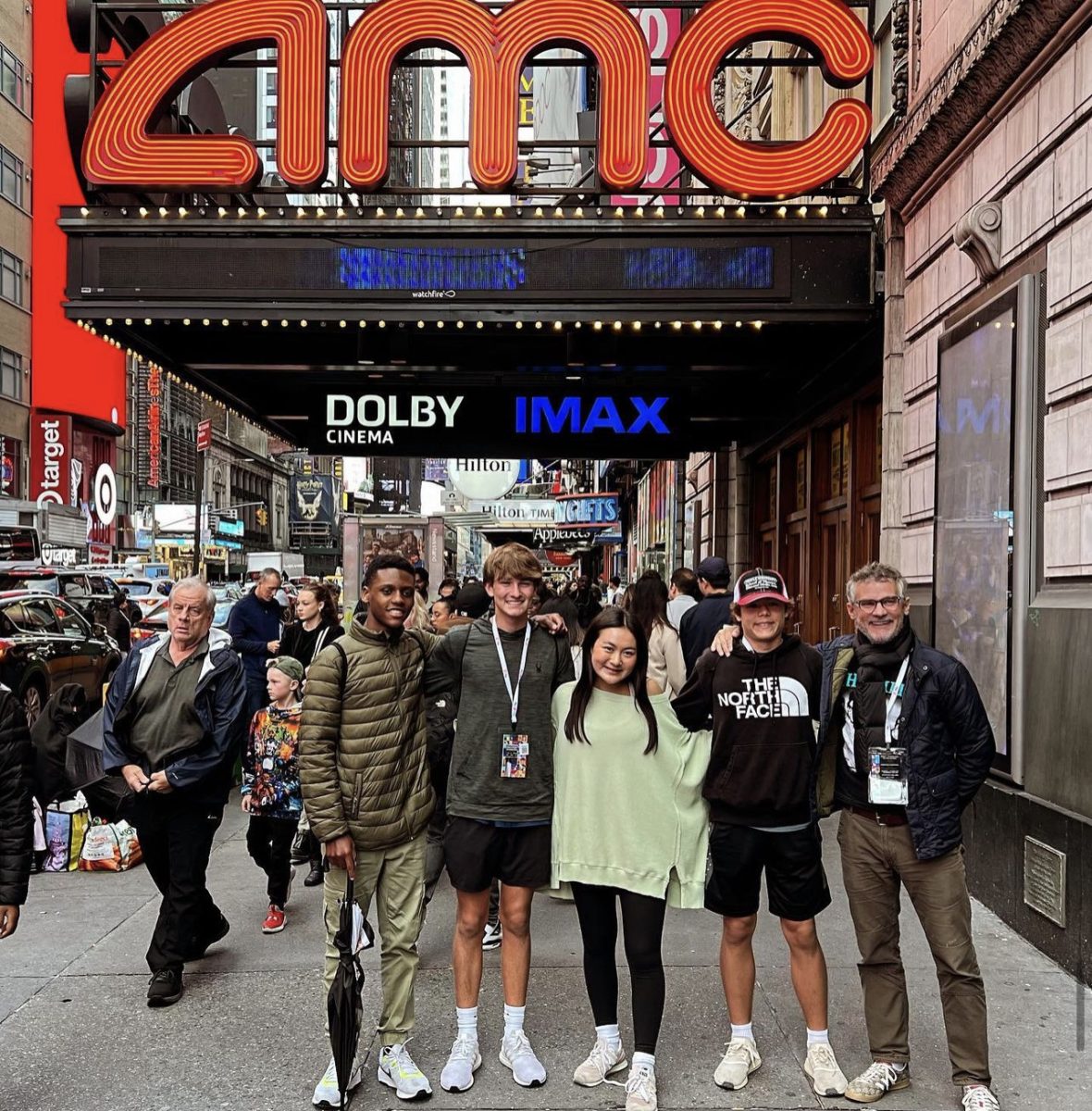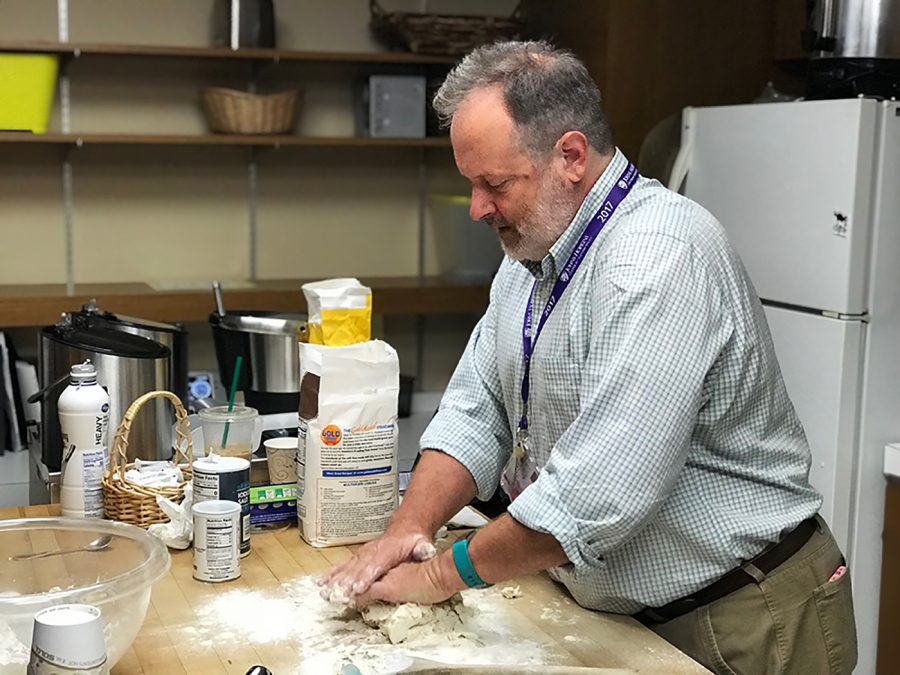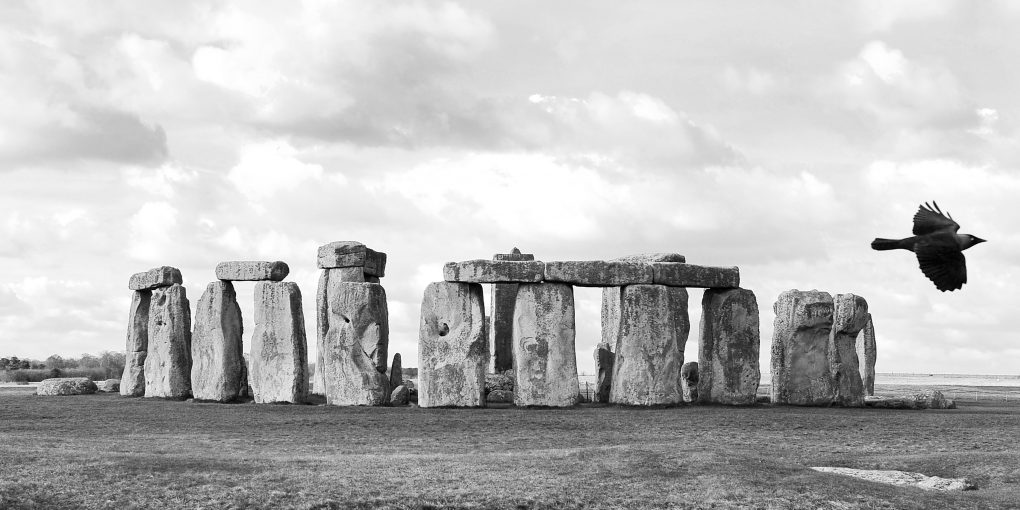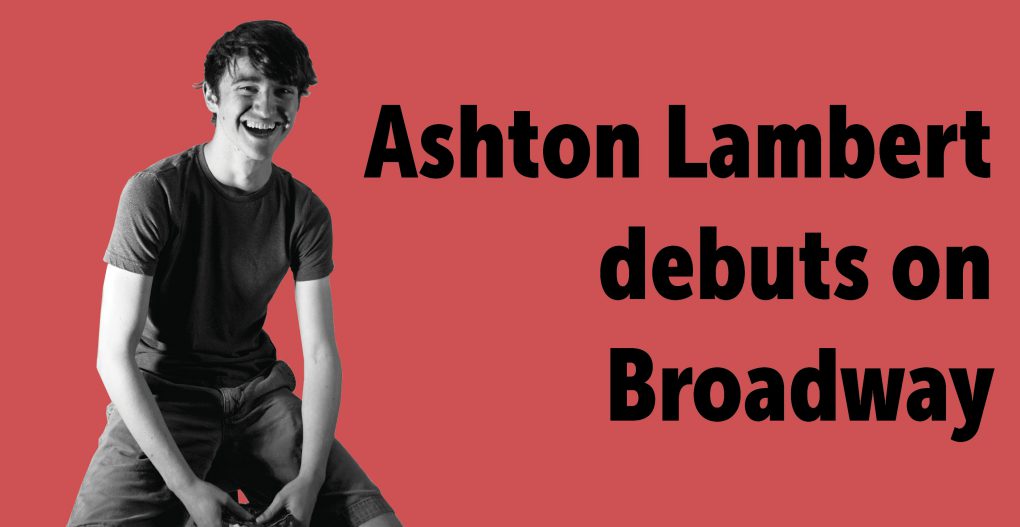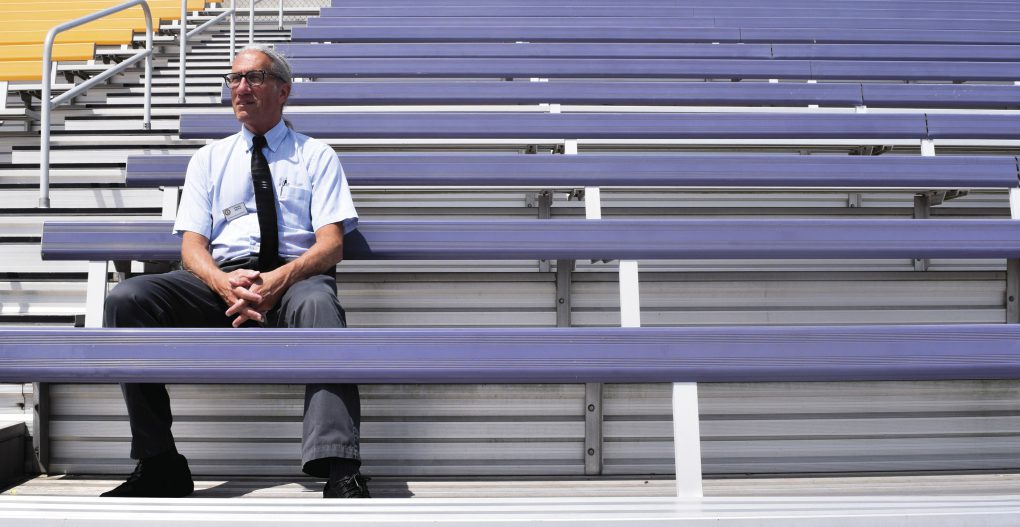Upper School needs a uniform. It’s time. In my four years at Kinkaid, I have experienced the morning chaos of getting ready, seen the tears of my classmates when they get in trouble for their ripped jeans and “short” hemlines, and grimaced when I realized how sloppy and disunified we look as a student body.
The reformed dress code for the 2017-2018 school year has helped clarify the rules, but it has failed to create a consistent enforcement of these rules, and students still look like a disheveled mess of adolescence. Jeans, college t-shirts, Khaki pants, Maxi skirts, thigh-high boots, tank tops, heels, “cute tops,” button downs, sandals, jerseys, Polos, walking shorts, and church dresses are all thrown together into a dress code of “organized” chaos.
In truth, Kinkaid Upper School students may be some of the most organized high school students in the country, but you wouldn’t know it by the way we dress. Uniforms in the Upper School would create a more visually cohesive community within the school, make it easier for students to get ready in the mornings, and decrease dress code infractions.
Traditionally, Upper School students have never worn uniforms; this privilege is granted only to high school students, who are allowed to dress how they want within given guidelines. In the beginning of the 1960s, the administration began to implement uniforms in the Lower and Middle Schools, yet never incorporated them into Upper School. Kinkaid treasures tradition, but with time comes the appropriate need and desire for change.
Many people argue that uniforms would limit originality and choice in students’ dress; if everyone dresses alike, those against uniforms may feel as if they cannot show their individual identity. However, students can alter their uniforms to their personal preferences by accessorizing with jewelry, shoes, belts, bags, and hair accessories. Many schools also have a wide variety of outfit combinations consisting of multiple colors of shirts, shorts, and skirts: local Episcopal High School has nine different colored shirts in various styles and two different colored skirts/shorts.
Another important tenet a uniform stands for is unification. The administration regularly presents the Kinkaid community as “One Kinkaid,” but if Kinkaid truly wants to become “One Kinkaid,” then its students must dress like a harmonious community and family. When new families, parents, alumni, and prospective students come to visit Kinkaid, the school should look its absolute best, not wearing a sloppy collection of college t-shirts and worn out jeans.
In addition to looking more professional, uniforms also make life easier in the mornings. When students know what to wear to school every day, they can dress quicker and with less thought, allowing more time to prepare for school by eating a good breakfast, studying, and arriving to school on time.
Other problems caused by the dress code include infractions due to not following the guidelines in the handbook as well as confusion about what one can and cannot wear. All of these problems can improve drastically and perhaps disappear altogether if and when Upper School requires a uniform for its students. Uniform shirts would also eliminate the debate about appropriate college shirts. The many different types of “college” t-shirts often perplexes people: What exactly qualifies itself as a proper college t-shirt? A parent’s college reunion shirt? A jersey-like t-shirt from a college sports camp? A sister’s sorority t-shirt? Too many variations of the current guideline exist for a decisive, universal agreement on what can or cannot be worn. One teacher may think a shirt follows the dress code, while another teacher could easily assume otherwise. What better way to ensure everyone follows and clearly comprehends the rules than a uniform? These standard outfits would dramatically decrease infractions as well as confusion regarding the dress code.
To implement these uniforms in a reasonable way, Kinkaid should form a committee of students, teachers, and administrators to come up with designs and colors for the uniform. This committee could also receive input from the student body and parents.
Uniforms don’t have to look like the stereotype of knee-length, plaid skirts or long blazers with itchy ties; they can look simple, plain, and feel comfortable while still promoting a sense of unity within the student body. Also, Upper School doesn’t necessarily need to have uniforms five days a week; students could wear uniforms Monday through Thursday, and on Fridays have free dress with appropriate shorts, yoga and sweat pants, and casual T-shirts.
The time has come for Kinkaid to start new traditions with its students proudly representing the amazing school they have the honor and privilege of attending in their new uniforms. Kinkaid Upper School uniforms would create a more unified and presentable community, save time for students to focus on more important matters than clothing, and limit the number of infractions and amount of confusion caused by dress code disputes and disagreements.
Categories:
United through Uniforms
December 14, 2017
0
More to Discover
About the Contributor
Katherine Berman, Author


